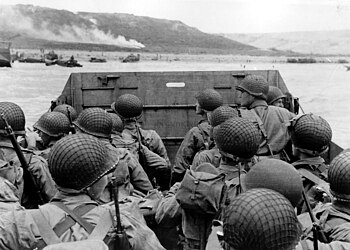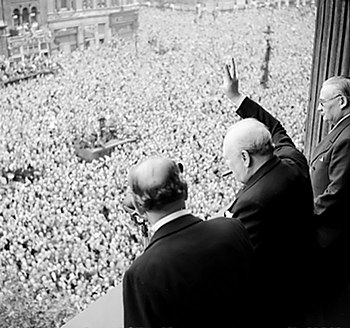On April 30th we drove to Plymouth, NC to film a Civil War Reenactment, which included a 3/8 scale replica of an ironclad ship, the
C.S.S. Albemarle. In the original battle, the Confederate troops were trying to capture the Union forts, with the aid of the
Albemarle. At first the land attack was failing because the troops were being bombarded from Union gunboats in the river. They sent the
C.S.S. Albemarle down the river to drive off the gunboats and help to capture the forts. The Unions tried to trap the
Albemarle by tying chains between the
U.S.S. Miami and the
U.S.S. Southfield. The Confederate ram turned and rammed the
U.S.S. Southfield. The
Southfield began to sink, and the
Albemarle began to sink too because her bow stuck into the side of the
Southfield. When the
Southfield struck the bottom, providentially she rolled, which released the bow of the
Albemarle, just as the water began pouring in. The
Miami fired a point blank shell round at the
Albemarle, but it bounced of her iron plating and exploded, killing the
Miami's commander, Captain Charles Flusser. The
Miami's crew attempted to board the
Albemarle, but were driven back by musket fire. The
Miami then untangled herself from the
Southfield and escaped into the Albemarle Sound. With the river cleared of enemy ships, the
Albemarle helped to bombard the forts,which were captured by the Confederates. Six months later, the
Albemarle was sunk at night in her dock by a steam launch armed with a spar torpedo.
 |
| The C.S.S. Albemarle |
 |
| A replica of one of the launches armed with torpedoes that sunk the C.S.S. Albemarle |
 |
| The Albemarle firing one of her cannons |
 |
| Union reenactors |
 |
| Union Reenactors firing |
 |
| Confederate reenactors firing |
 |
| A Cannon |
 |
| Joshua filming with our camera |
 |
| A Confederate Battle flag in front of a tent |


























.jpg/300px-Lokajski_-_Powstancy_w_%C5%9Ar%C3%B3dmie%C5%9Bciu_(1944).jpg)













